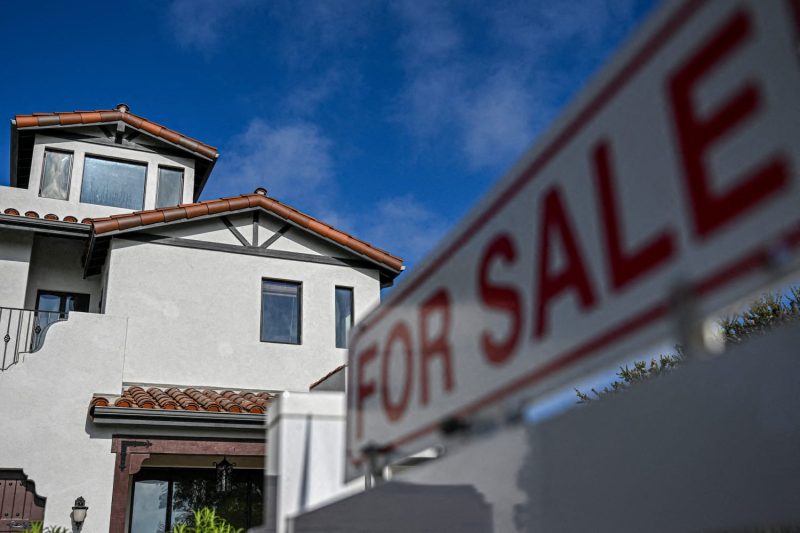In June, Home Prices Reach Unprecedented Highs, Reflecting Strong Market
According to the latest report from the S&P CoreLogic Case-Shiller Index, home prices in June hit record highs, underscoring the robustness of the current real estate market. This significant surge in prices represents a substantial 18.6% increase compared to the same period last year, marking the highest year-over-year gain in over three decades. The rapid escalation in home prices can be attributed to a confluence of factors, including surging demand, limited housing supply, historically low mortgage rates, and an evolving demographic landscape.
One of the primary drivers behind the relentless surge in home prices is the unprecedented demand from buyers. The COVID-19 pandemic, which prompted a seismic shift towards remote work and increased interest in spacious and comfortable living spaces, has fueled a buying spree in the housing market. With more individuals seeking to upgrade to larger homes with ample space for remote work and leisure, the demand for single-family homes has skyrocketed. Moreover, the prolonged stay-at-home orders and travel restrictions have spurred many would-be renters to transition into homeownership, further intensifying the competition for available properties.
Compounding the soaring demand for homes is the persistent shortage of housing inventory. Over the past few years, the construction of new homes has not kept pace with the increasing demand, leading to a supply-demand imbalance that continues to put upward pressure on prices. The limited inventory of homes for sale has further exacerbated the fierce competition among buyers, resulting in bidding wars and an environment where sellers are often fielding multiple offers above asking price.
Another key factor contributing to the skyrocketing home prices is the historically low mortgage rates prevailing in the market. The Federal Reserve’s aggressive monetary policy response to the pandemic, which includes slashing interest rates to stimulate economic activity, has translated into historically low mortgage rates. As a result, many buyers have been able to afford more expensive homes without significantly increasing their monthly mortgage payments, further fueling the surge in housing prices.
Additionally, the shifting demographics in the housing market have played a role in driving up home prices. The millennial generation, which represents a substantial cohort of first-time homebuyers, has been entering the housing market in significant numbers. Their desire for homeownership, coupled with the delayed homebuying patterns observed in the aftermath of the Great Recession, has contributed to the heightened demand for housing in recent years.
In conclusion, the record-high home prices observed in June are a reflection of the dynamic forces shaping the current real estate market. The interplay of robust demand, limited housing supply, historically low mortgage rates, and evolving demographics has propelled home prices to unprecedented levels. While the surge in prices may present affordability challenges for many potential buyers, the overall strength of the housing market underscores the resilience of the sector in the face of ongoing economic uncertainties. As the market continues to evolve, policymakers, industry stakeholders, and prospective homebuyers alike will need to adapt to the changing landscape of the real estate market.


























